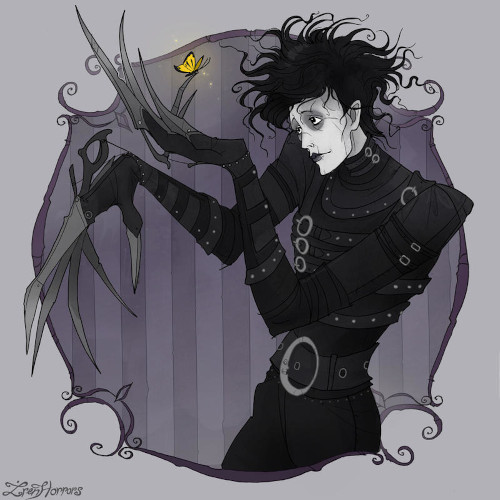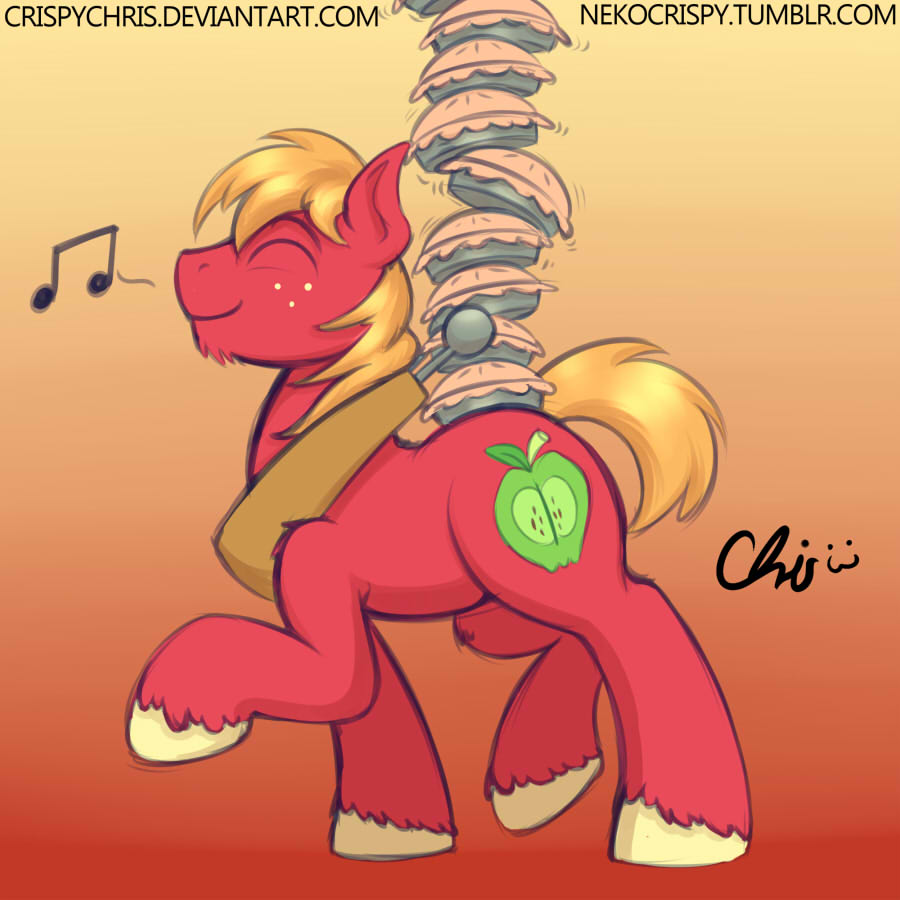How to Write Less-is-More Characters
Part 1: Your Character's Mental States
A character doesn’t need to be dramatic to capture peoples’ hearts. In this series I’m going to showcase examples of a handfull of undramatic characters from several shows, with one particular character taking centre-stage. I'll talk about how he succeeded in becoming quite possibly the most loved character in the cast of his particular show.
I’m talking about Colin from It’s a Sin. Please note that I am going to use spoilers for this series, so if you haven’t watched it and intend to, you might want to hold back on reading this article until you've seen episode 3.
Colin begins the story as a gay, closeted, 19 year old Welshman who goes to live in London. While he doesn’t tend to say much for most of his screen time, but it becomes clear that he wants to find a place in the local gay community. He has a job in a Savile Row tailor shop by episode 1 which he seems happy with, but seems dissatisfied with his initial living arrangements – that is, until he hears that the main cast - a group of three gay guys and a straight female ally - have a space available in their house for rent. He asks for the spot and is accepted.
He quickly establishes that he is quiet, content with his job, and appears to have no active no sex life.
On the face of it Colin's character offers little in the way of detail, let alone identifiable characteristics to actively like, and yet It’s a Sin fans love him. Let’s analyse Colin’s personality – the particular pattern of ways he chooses to go about his life – from a few technical perspectives to work out what went into the development of this unassuming character to make him such a viewer favourite. I’m going to use a handful of simple Transactional Analysis principles for this.
Ego-States
Click here for a quick crash-course in Ego-States (Berne, 1972), if you'd like to know more about them and understand my analysis more thoroughly.
Parent
One of the ways Colin demonstrates his moral compass is by listening to others who want to talk to him. His mild-mannered approach to supporting others by lending an ear when they need it is a strong contrast to more outspoken forms of support, like giving advice or rallying with the talker by saying, “This person treated you badly? Well, I hate them too then.”
Colin's approach is nurturative and gives the person talking to him the space to say what they need to.
Writing your own less-is-more character:
When Colin patiently listens to another person, he demonstrates Nurturing Parent Ego-State, a subset of Parent Ego-State. While listening appears to be a passive action, to stop what one is doing and make time for the talker is a nurturative act. He demonstrates NP particularly well by not imposing his own judgement on the talker or their situation and allowing the talker to decide on their own course of action or ask him for what they need. When he is asked to do something, he does it, which earns him a reputation for being dependable.
Other good examples of dependable, good listeners: Edward Scissorhands; Big Mac from My Little Pony: Friendship is Magic.
Adult
Colin establishes many times during his screen time that he’s clear-headed and likes to think his way through problems. He holds his own as a sales apprentice in a high-end tailoring shop, muses over Pablo’s mystery illness in the hope of working out its source, and earns extra responsibilities in his second job at a printing shop. No wonder he missed his mental clarity so much when he developed dementia.
Writing your own less-is-more character:
Colin keeps his head by seeking relevant information to help him resolve problems without drama. Adult Ego-State is all about here-and-now processing and this can be a wonderfully stabilising contribution to distressing or confusing situations. A character does not need to be cold and robotic to be interested in relevant information; all they need is to be curious and to not be over-excitable or judgemental.
Child
Many of us are familiar with the impulse to adapt to others’ demands even when we don’t want to. Colin has a fairly strong bias towards complying with others. In one of his later scenes, he’s proud to be given a set of keys to open the printing shop he works at in the mornings, but didn’t ask for a pay rise along with this extra responsibility. He only realises this when his housemates ask.
However, he can decline to do something if he doesn’t want to, although we can see that he finds this difficult. The manager of the tailor shop sexually harasses him on occasion. When this happens he says no and refuses to comply. It’s not a loud no, and it’s clearly hard for him to be so assertive, but he sticks to his guns.
All of the above is a subset of Child Ego-State called Adapted Child. The other is Free Child, and we see Colin demonstrate this too. There are a few on-screen examples of him being playful and demonstrating his sense of humour. It's quiet and secretive, but it's his authentic self. In one, he makes a comment to himself using word-play about a particular item of food also known for being a slang word/slur for gay people. See his joke at 1:25 on this Youtube clip.
Writing your own less-is-more character:
The trick to building up a relatable character is to show off their Child Ego-State. Adapted Child is common in real life, and lends a sense of psychological realism to a character that will help your audience bond with them. Ask yourself:
- What do they fear?
- What do they want?
- What will make them ‘be good’ to get it?
A person who has only Adapted Child, no matter whether they’re real or fictional, will seem disempowered, so the expression of Free Child – any behaviour that is spontaneous, uninhibited, loving, and authentic – will show the character’s true self.
In the next part we're going to learn how characters interact with other characters.
Bibliography
Berne, E., What do you say after you say hello?, 1972, chapters 3, 11.
Credits
Title image by IrenHorrors and used with their kind permission.




